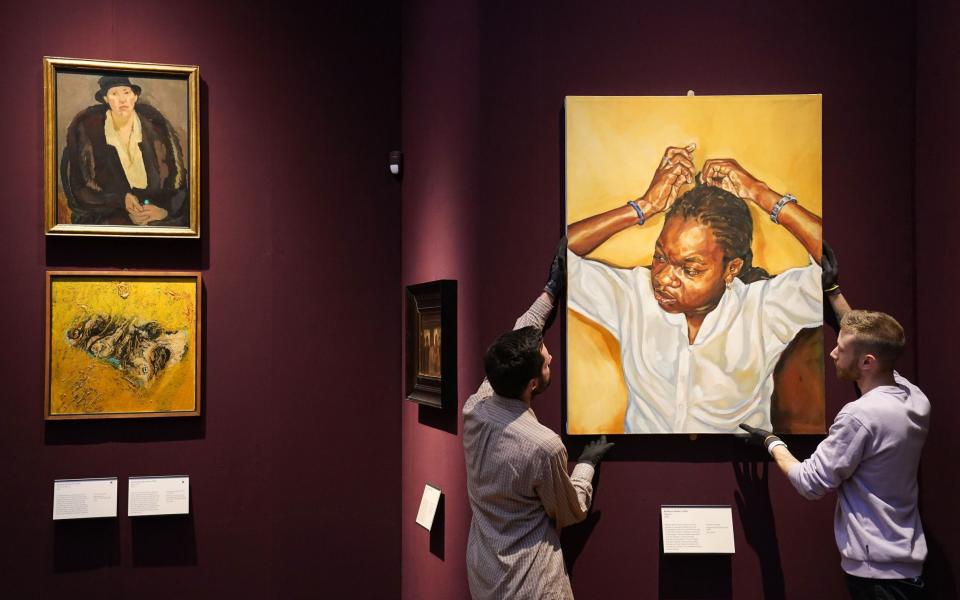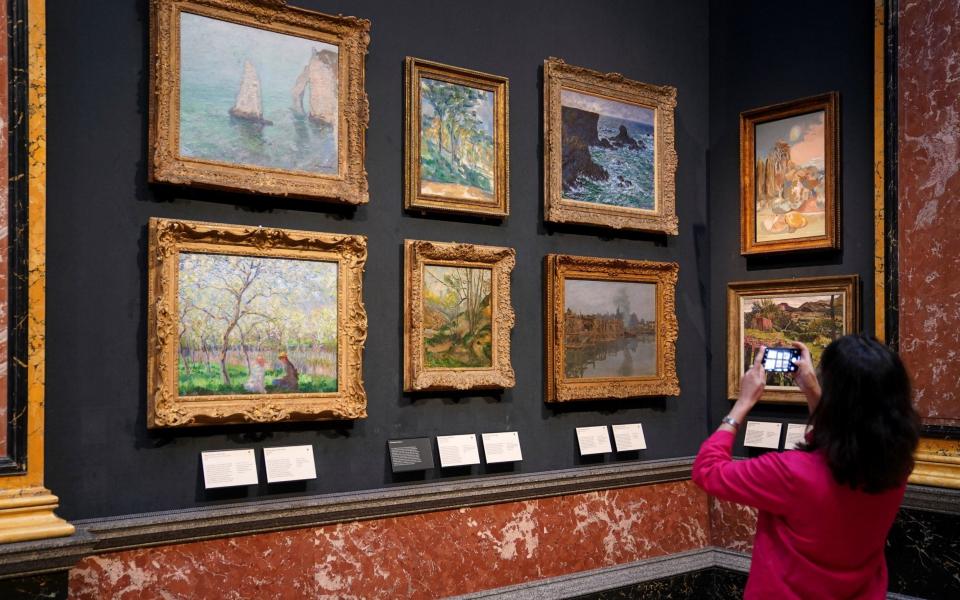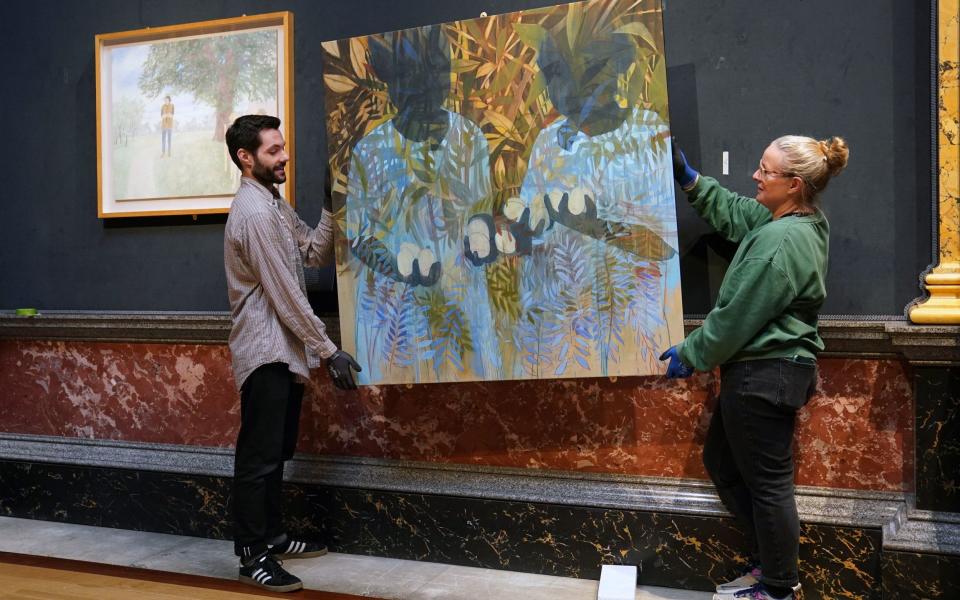Paintings of the British countryside evoke dark “nationalist sentiments”, the Fitzwilliam Museum has claimed.
The museum, owned by the University of Cambridge, has overhauled its exhibitions in a move its director insists is “not woke”.
Luke Syson said last week: “I’d love to think there’s a way of telling these broader, more inclusive histories that doesn’t require pushback from those who try to suggest there’s no interest in this story.” [this work is] what would now be called ‘waking up’.
The new sign says images of “English hills” can stimulate feelings of “homeland pride”.


However, in the gallery where a pastoral work by Constable is exhibited, visitors are informed that the “feeling of nationalism” evoked by images of the British countryside “also has a dark side”.
He notes that this national sentiment carries with it “the implication that only those with historical ties to the land have the right to belong.”
The images in Fitzwilliam have been rearranged into themed categories; In one change, the museum director hopes the gallery’s exhibits will be “inclusive and representative.”
‘Homeland pride’
Categories include “Men Looking at Women,” “Identity,” “Migration and Movement,” and “Nature,” which features English landscapes by Constable, Gainsborough, and Palmer, and French landscapes by Pissarro, Renoir, Monet, and Cézanne.
The sign of the “Nature” gallery reads: “Landscape paintings have also always been intertwined with national identity.
“The countryside was seen as a direct link to the past and thus a true reflection of the essence of a nation.
“Paintings depicting English hills or lush French fields strengthened loyalty and pride to the homeland.
“The dark side of evoking this nationalist sentiment is the implication that only those with historical ties to the land have the right to belong.”


The allegations about landscape depictions come after charity umbrella group Wildlife and Countryside Link submitted a report to MPs claiming the British countryside was seen as a “racist colonialist” white space.
But Mr Syson insisted the change at the museum was not “woke” or “radical chic”, saying: “Being inclusive and representative should not be controversial; it should be enriching.”
A sign for the new “Identity” gallery informs visitors that portraits of the uniformed and wealthy “have become vital tools in reinforcing the social order of the white ruling class, leaving little room for representations of people of different ethnicities, the working classes, or other marginalized people.” people”.
‘Portraits intertwined with imperialism’
The report states that “the portraits are often intertwined in complex ways with British imperialism and the institution of transatlantic slavery.”
Paintings in this space include Joseph Wright’s (1734-97) portrait of Richard FitzWilliam, who bequeathed £100,000 to fund a museum in Cambridge, now called the Fitzwilliam Museum.
The portrait’s label points out that FitzWilliam’s fortune “derived in part from his grandfather, Sir Matthew Decker, who derived this fortune from the transatlantic trade of enslaved African people.”


The gallery also displays works by John Singer Sargent, who “has been the subject of speculation that he led a secret, strange life,” works by artists from the Jewish diaspora, and paintings that aim to broaden representation, with a modern work by the British Joy Labinjo. Nigerian artist.
The “Migration and Movement” gallery notes that “while some people choose to leave their homes, global conflict, discrimination and European colonialism mean that others flee or are forced into exile.”
Here visitors can view works by Jewish artists who fled the Nazis, such as Motesiczky, as well as works that focus specifically on Romani gypsies and travelers, including Turner’s Beech Tree with Gypsies Around the Fire.
‘Being inclusive should be enriching’
The “Men Stare at Women” gallery examines the different ways male artists portrayed female subjects until the more equal status of women in society changed the way they were depicted.
Certain themes in the paintings, from the “mythification” of violence to “women reading” and the emergence of plein air painting, are now addressed following the remastering.
Mr Syson previously told The Guardian: “Being inclusive and representative should not be controversial; It should be enriching. “We should all welcome opportunities to better understand each other through the eyes of great producers and artists.”
‘Rural areas are not racist’
Wildlife and Countryside Link, an umbrella group of nature charities, has produced a report on perceived barriers to ethnic minorities enjoying the countryside.
The report, presented to MPs of the all-party parliamentary group on Race and Society, claimed rural Britain was affected by “racist colonial legacies” that had created an environment that some feared would be “white dominated”.
The report said Britain’s green spaces were seen to be influenced by “white British cultural values” and that the idea of such a “white space” prevented people from other ethnic backgrounds from enjoying the outdoors.
The allegations, revealed by The Telegraph, led former home secretary Suella Braverman to say “no, the countryside is not racist”.

